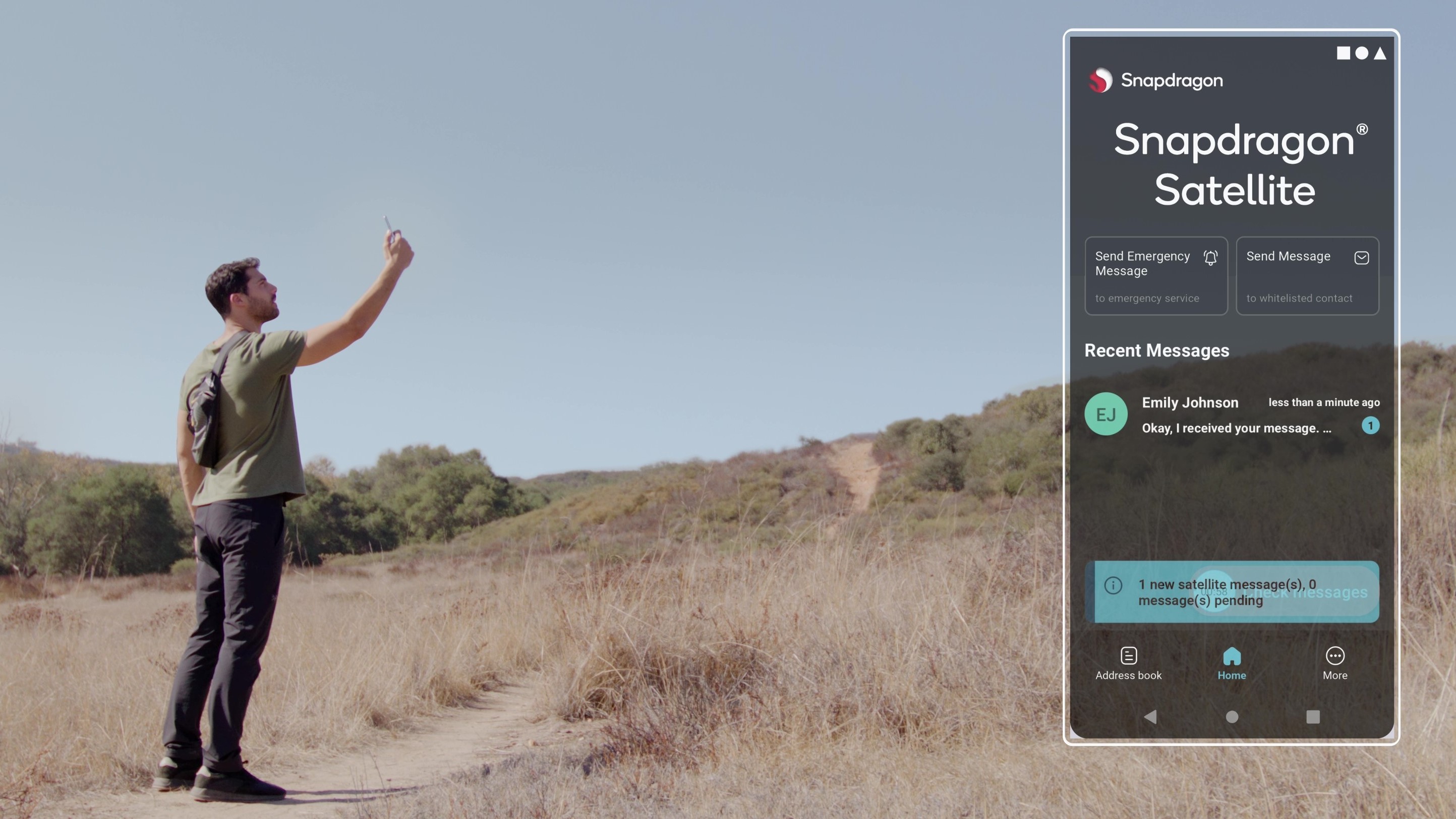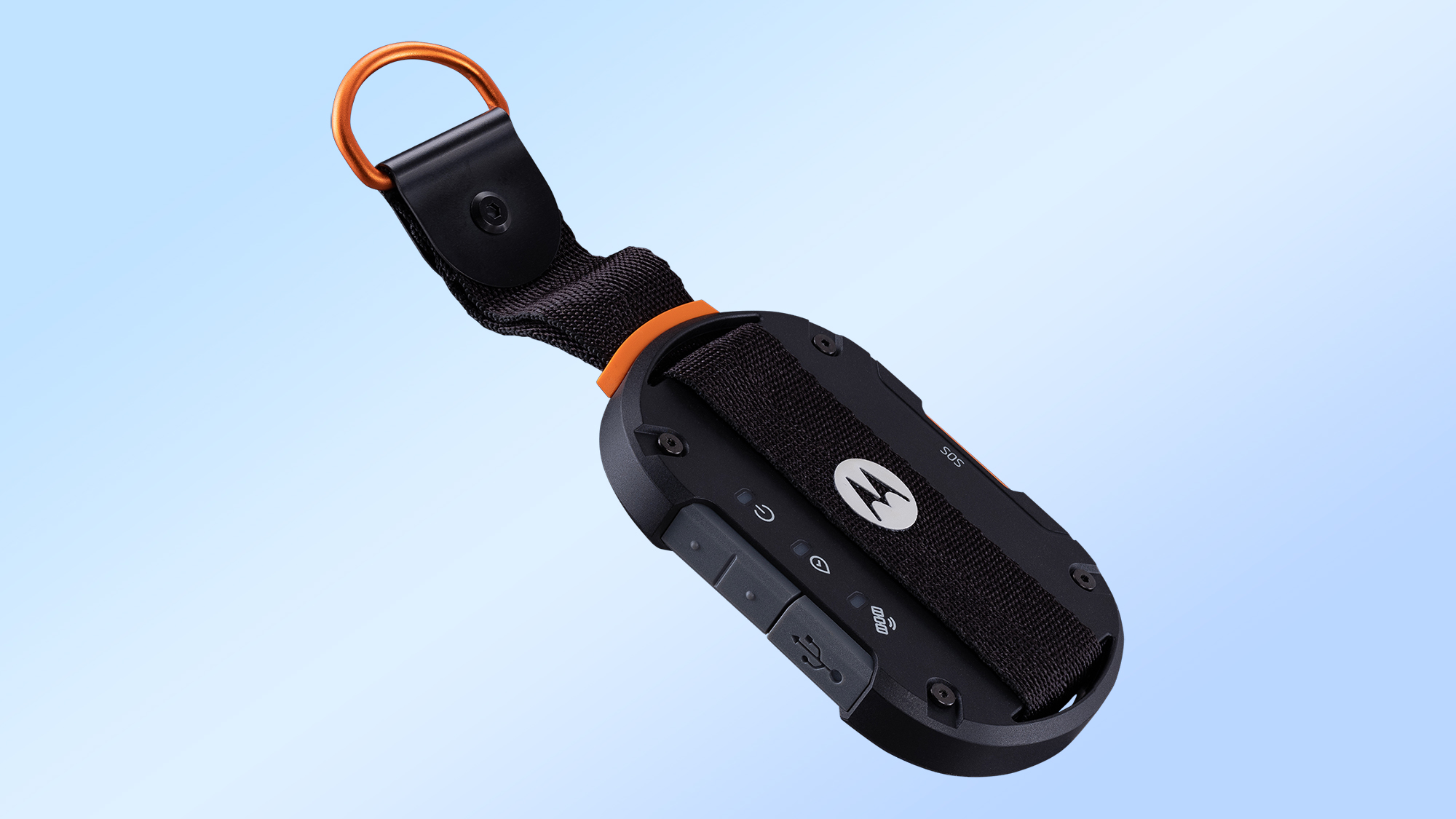MWC 2023 live blog: OnePlus 11 concept, Lenovo rollable phones and latest news
Update

MWC isn’t just about phones and tablets – we also get a glimpse of various augmented reality tools, with Xiaomi taking the spotlight. In particular, the Chinese phone maker is showing its Wireless AR Glass Discovery Edition, a concept design for augmented reality glasses.
Certainly the Xiaomi AR glasses look good, and they would be completely wireless, connecting to a phone via a low-latency connection. It all sounds good in theory, but our colleague Malcolm McMillan thinks the Wireless AR Glass Discovery Edition also shows the weaknesses of augmented reality.

Upcoming phones from Honor, Motorola, Oppo, Xiaomi, Nothing, and Vivo will be able to do something the iPhone 14 can — contact a satellite if you need to send an emergency message and there’s no cellular connection to be had.
These six phone makers are partnering with Qualcomm to support the Snapdragon satellite feature that the chipmaker announced last month. At MWC, Qualcomm unveiled the first phone makers to support satellite connectivity for future Android devices.
The rollout appears to be in the second half of this year, and we’re wondering if it’ll be in time for phones like the Nothing Phone (2) that’s apparently coming to the US this year. Still, today’s news is a welcome development as we see which phones will match the iPhone’s added security features.

Honor announced its new flagship phones today, and the Magic5 Pro looks particularly enticing.
What it offers is a trio of 50-megapixel cameras, 66W charging, a display with anti-eye-strain tech like dynamic color adjustment, and a price that’s not quite as high as its rivals.

Android just released its second feature update of the year, perfectly aligned with the MWC and bringing a bunch of new upgrades to Android phones. Upgrades just rolling out that focus on productivity, accessibility and a few features that are a little more fun.
More specifically, these features include a brand new single-note widget for Google Keep, noise cancellation for Google Meet calls, annotation features for PDF files in Google Drive, and the option to combine emojis as custom stickers. Google Wallet is also getting some cute animations to liven up the mundaneness of checkouts.
Also new is the option to magnify Chrome content by up to 300% while maintaining page format. Wear OS also contributes to accessibility with mono audio sound and color correction and grayscale display modes.

Good morning from Barcelona! Richard and Tom are here to see, hear and play around with all the new stuff being announced at MWC today. Stuff like the OnePlus Concept 11 and the OnePlus Pad.
As the name suggests, the Concept 11 isn’t available for purchase, it’s more of a platform for OnePlus to show off. It features the world’s first smartphone-sized liquid cooling system for sustained performance and unique design cues you’d supposedly typically find on expensive wristwatches.
However, the OnePlus Pad goes on sale, the release is scheduled for April. It’s obviously an iPad/Galaxy Tab rival, but while OnePlus borrows some features like tablet-phone collaboration and stylus compatibility, it also offers some more unique things like offering a larger-than-average square display and fast-charging technology. It’ll be interesting to see how the last thing stacks up against the best from Samsung and Apple.

We knew about the OnePlus Pad before Mobile World Congress, when OnePlus announced its first attempt at a tablet along with the release of the OnePlus 11 earlier this month. But MWC gave us a chance to experience OnePlus Pad hands-on, so we have some first impressions to share ahead of its April release on the tablet.

Sustainability is a hot topic right now, and Lenovo has done a few things to show that it takes the issue seriously. These include a new plant-based laptop sleeve and plastic-free, biodegradable laptop packaging.
The flax fiber cover is an optional extra for the new ThinkPad Z13 and is made of woven flax fiber strands. These strands are extracted from the stem of the flaxseed plant and are encased in a special “bio-based resin” after weaving to ensure adequate durability. Meanwhile, the packaging is made from a mix of bamboo and sugar cane, which Lenovo says is 100% biodegradable and compostable.
That doesn’t change the fact that big tech is a pretty dirty business, but small steps are still progress.

MWC is a concept design show, and Lenovo rose to the challenge. We’ve just seen new rollables from the company that extend the screens of phones and laptops.
Unfortunately, none of Lenovo’s concepts are close to release, but they show us what rollable display technology will mean for tech devices. In the case of Lenovo’s rollable phone, the 5-inch screen adds an extra inch at the touch of a button. When not expanded, this replacement display face can act like the cover display of a Galaxy Z Flip phone.
Lenovo’s rollable laptop can expand the screen to double the available space. In our demo, we saw a 4:3 aspect ratio converted to an 8:9 aspect ratio on a laptop—the equivalent of two 16:9 displays stacked on top of each other.

Xiaomi chose MWC as the venue to unveil its latest flagship phones, the Xiaomi 13 and Xiaomi 13 Pro, as well as a new pair of true wireless earbuds, the Buds 4 Pro, and a Watch S1 Pro smartwatch.
The new phones both feature the Snapdragon 8 Gen 2 chipset and 50MP main cameras with Leica tuning, as well as fast charging (50W in the body of the base phone, 120W for the Pro). However, the Pro goes further with a 1-inch main sensor and 50-megapixel sensors for both its ultrawide and telephoto cameras.
Meanwhile, the Buds 4 Pro cover the core premium earbud features, including adjustable ear tips, active noise cancellation, LDAC and Hi-Res Audio wireless support, and “dimensional” spatial audio. Finally, the Watch S1 Pro offers a two-week battery life, a 1.47-inch AMOLED display protected with sapphire crystal, and a wealth of health and sports features such as exercise tracking, SpO2 monitoring, and more.

Flagship phones tend to get the most attention, but the cheap phones are still coming. HMD, the company that makes Nokia phones, is launching three brand new low-cost devices this spring – the Nokia G22, the Nokia C32 and the Nokia C22.
The G22 was designed with repairability in mind thanks to a partnership with iFixit. The idea here is that ordinary people can swap out the battery and screen without having to pay a professional for the privilege. US pricing hasn’t been announced, but it will be available in the UK from March 8 for £150.
The Nokia C32 is designed to bring better photography to budget phones with a 50 megapixel camera. Both it and the C22 will also retain the same durability and long battery life that modern Nokias are known for. In fact, HMD claims that both phones offer 3-day battery life, tempered glass, and sleek designs that you wouldn’t normally associate with cheap phones.
US pricing has not yet been announced, but the Nokia G22 will go on sale in the UK on March 8 for £150. The C32 and C22 will go on sale this spring, priced at £130 and £110 respectively.

Our favorite of the products we’ve seen so far on Sunday is the Motorola Defy Satellite Link. While the iPhone 14 may have an inbuilt emergency satellite SOS system, this gadget can add this capability to any smartphone via a Bluetooth connection. And it only costs $99 plus a subscription that starts at $5 per month.
If that’s not enough, downloading the Bullitt Satellite Messenger app offers two-way satellite messaging. This allows you to send messages to the satellite and have them forwarded to a recipient as a standard SMS text message. If your recipient has the same app, the system reverses so they can respond—at no cost to them.
Honestly, it’s going to be hard to top that and the show has only just begun. Of course, MWC 2023 will have a lot more cool stuff coming up, so check back later for our ongoing live coverage straight from the show floor.